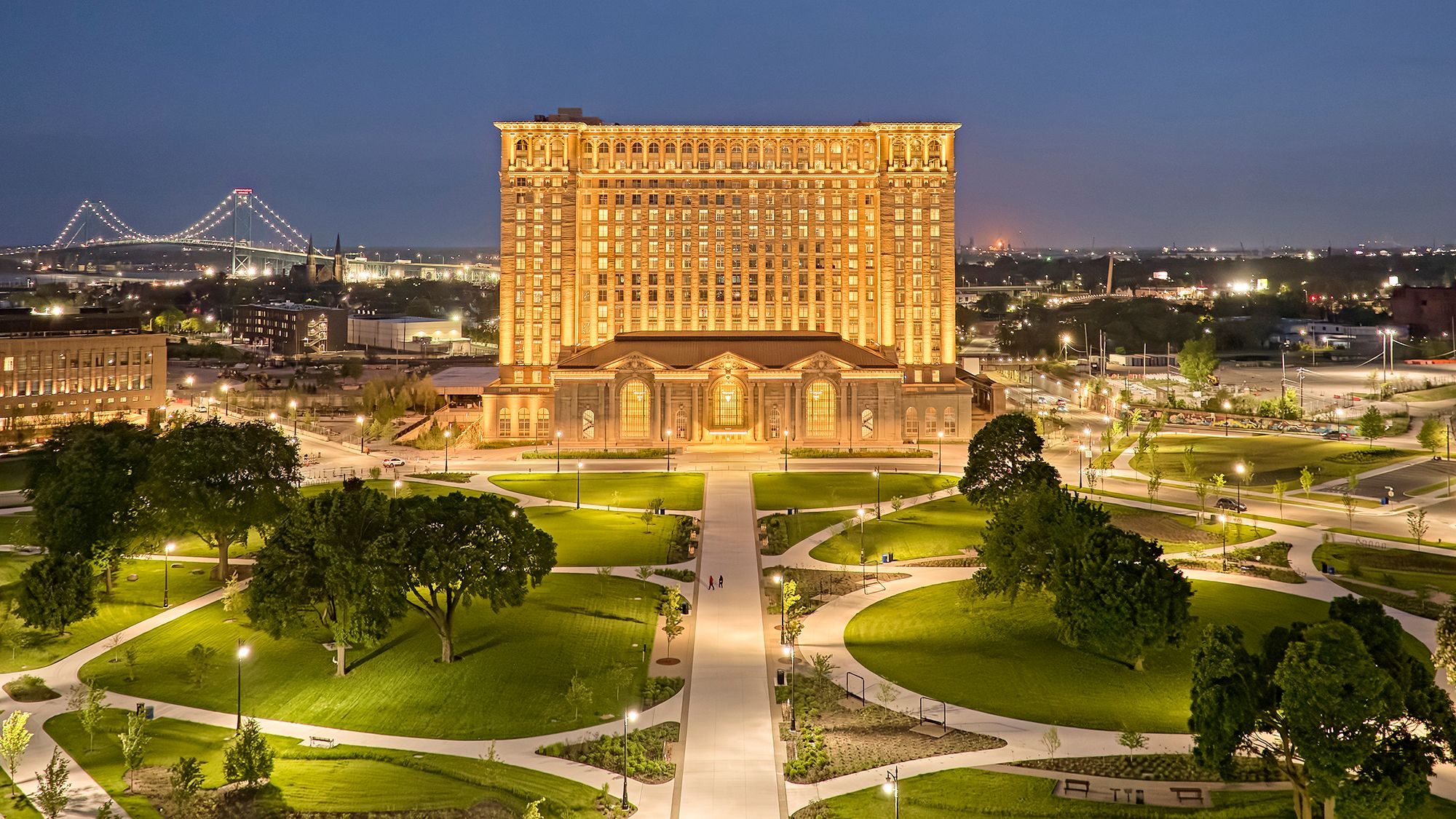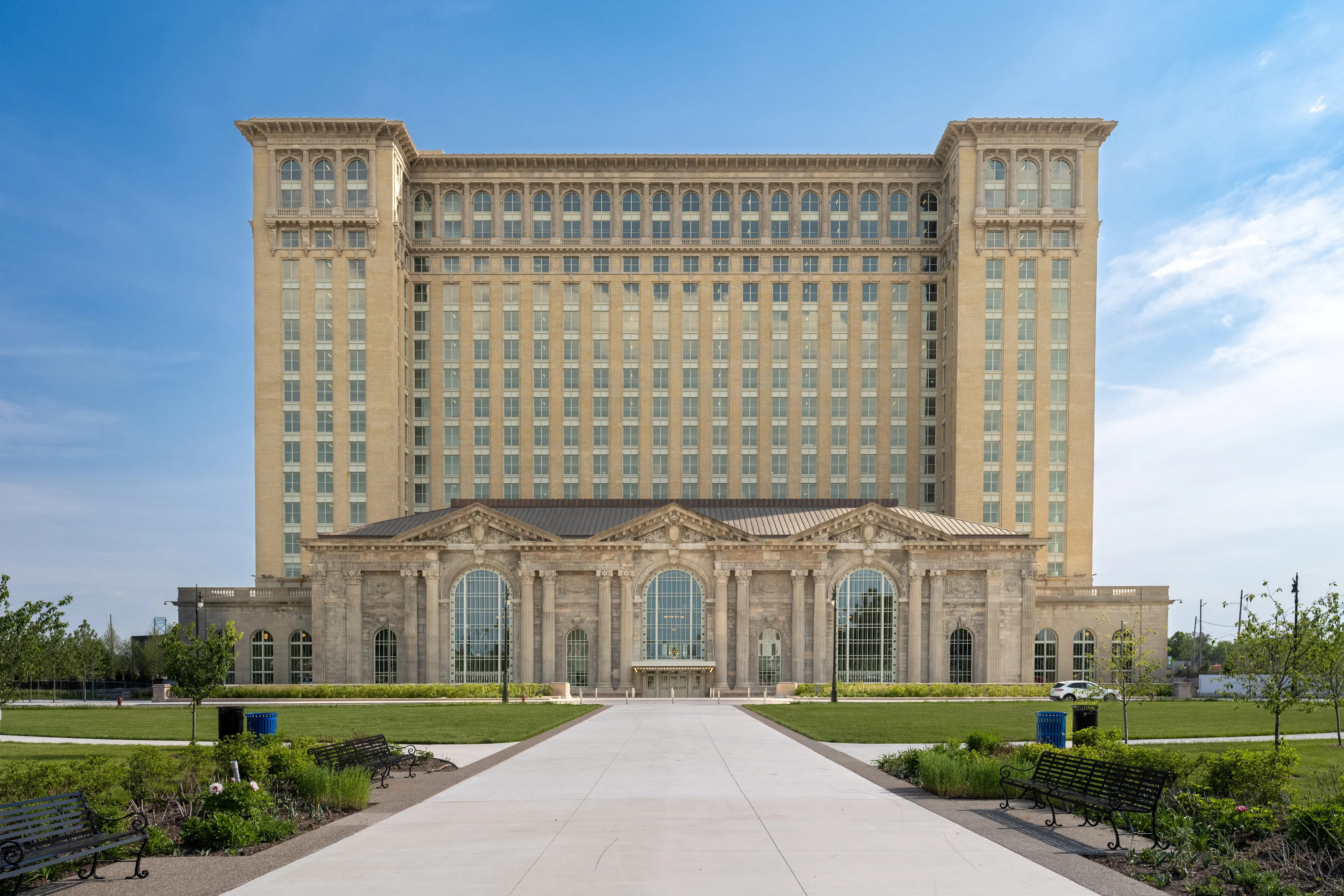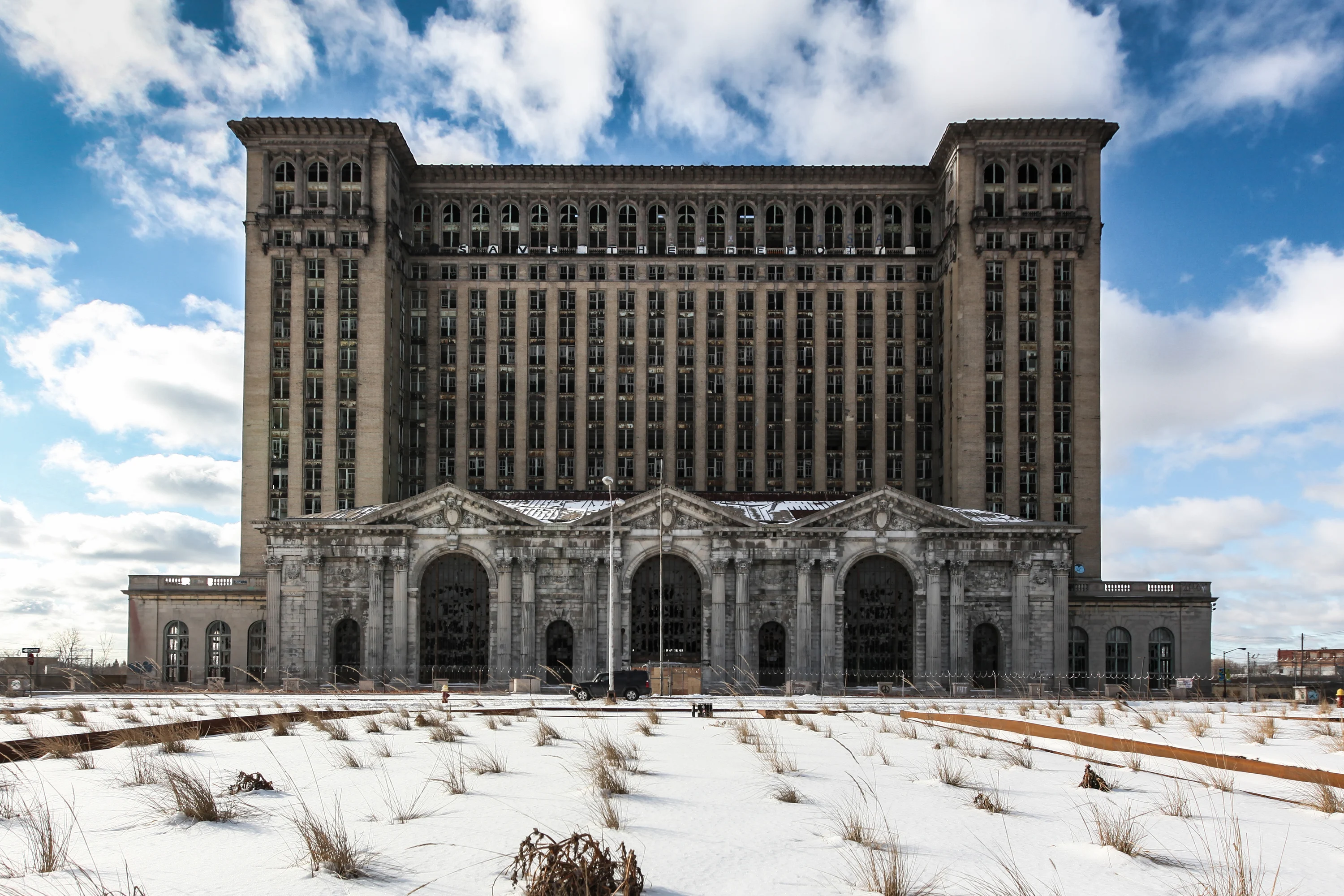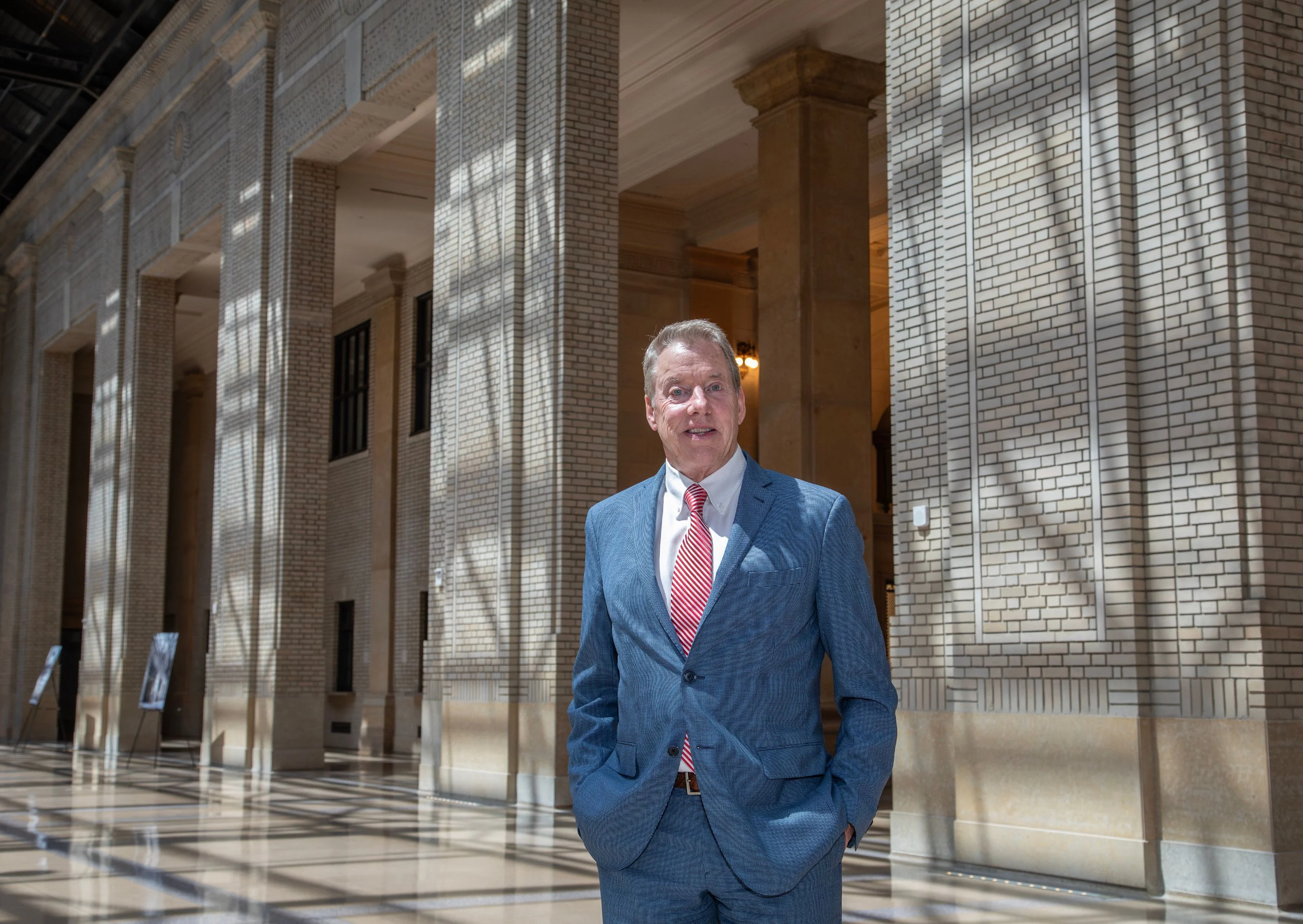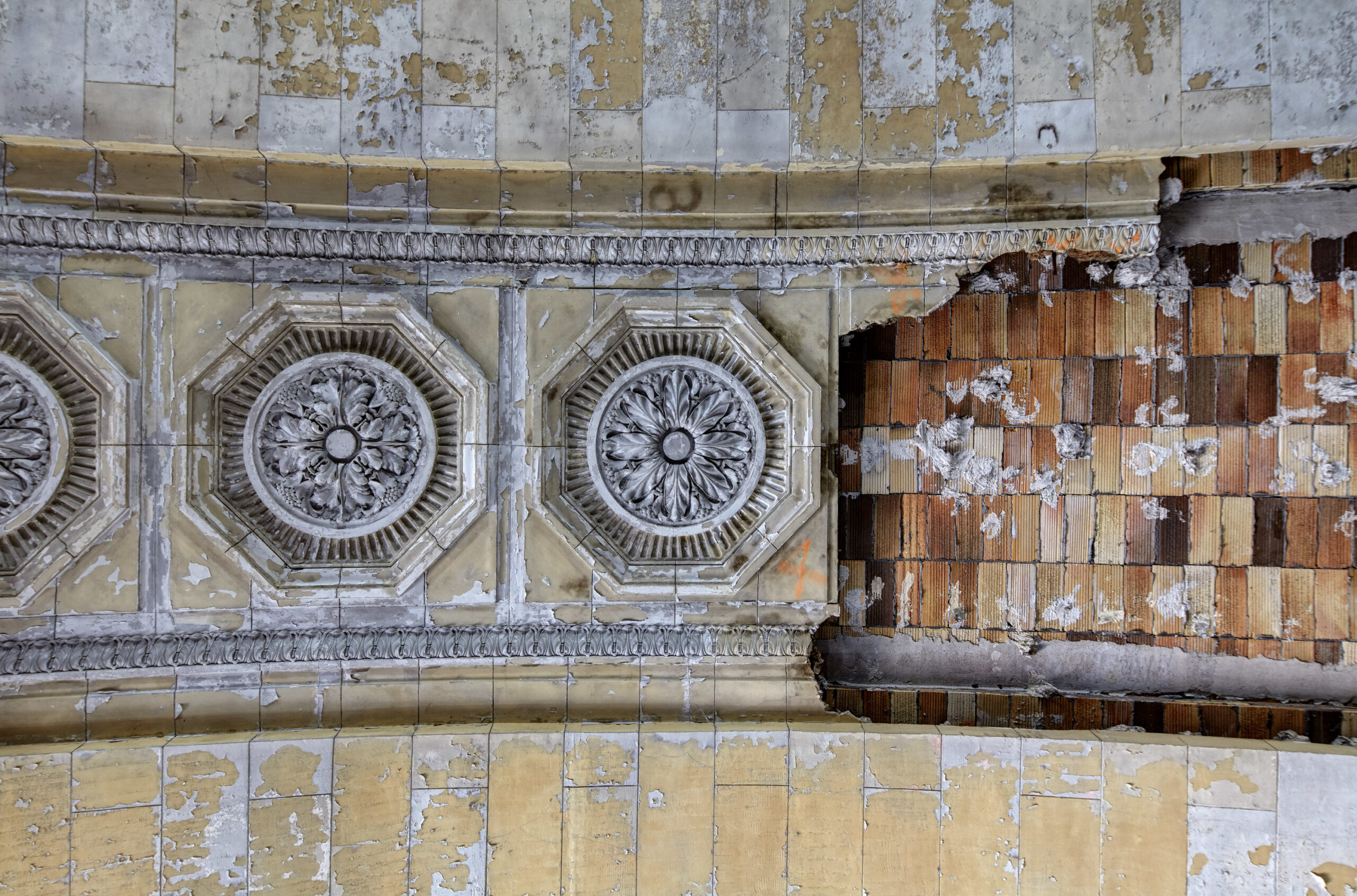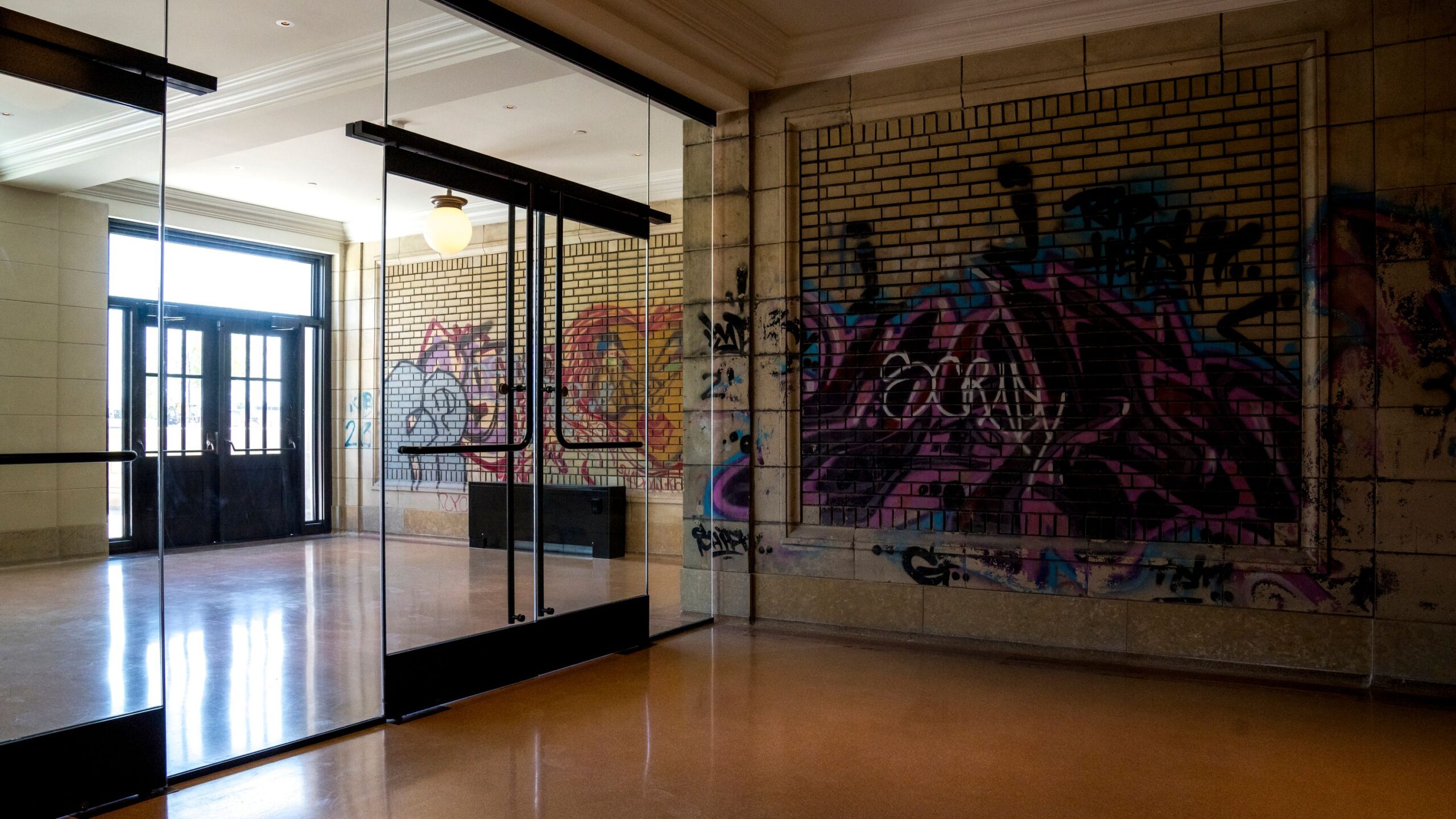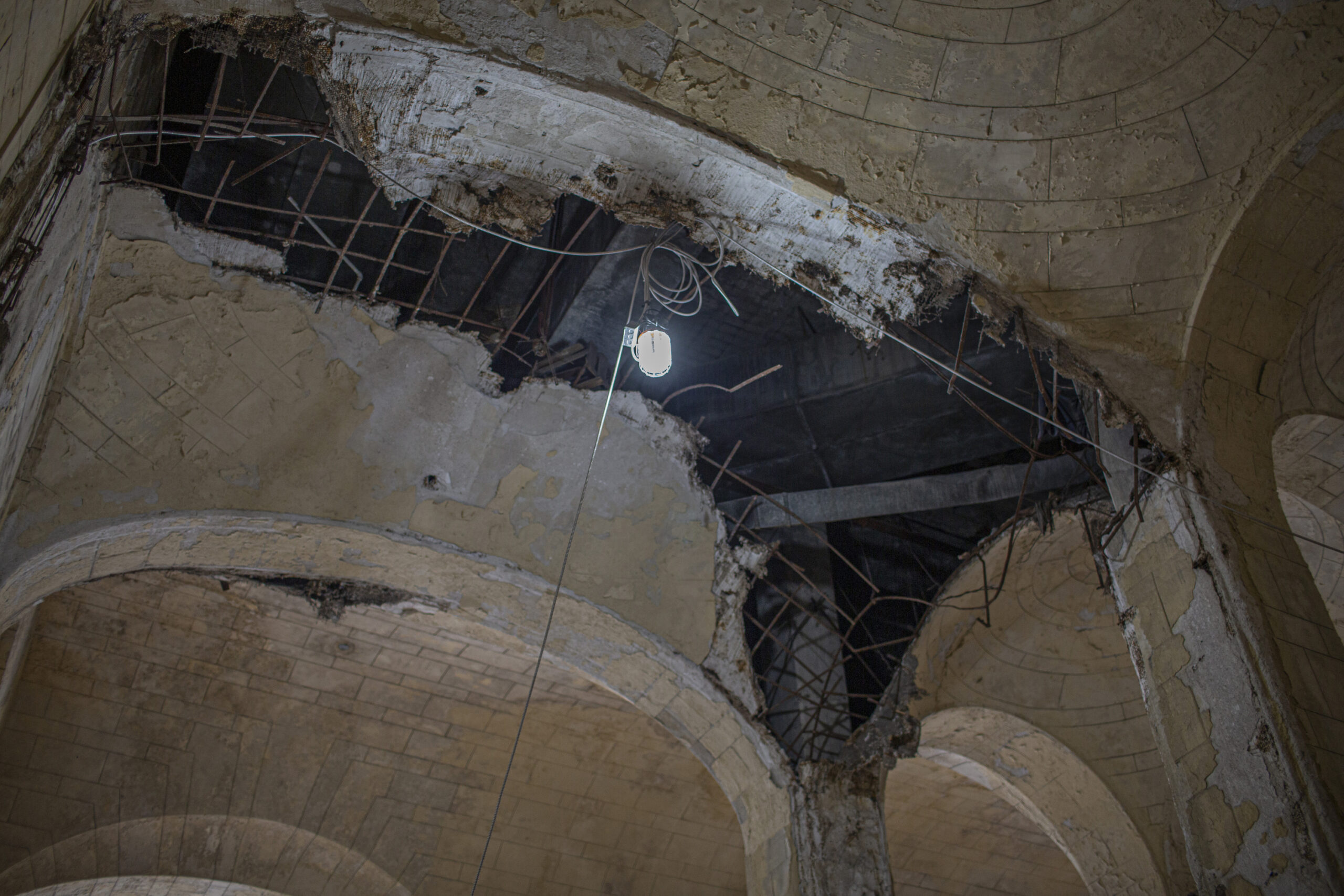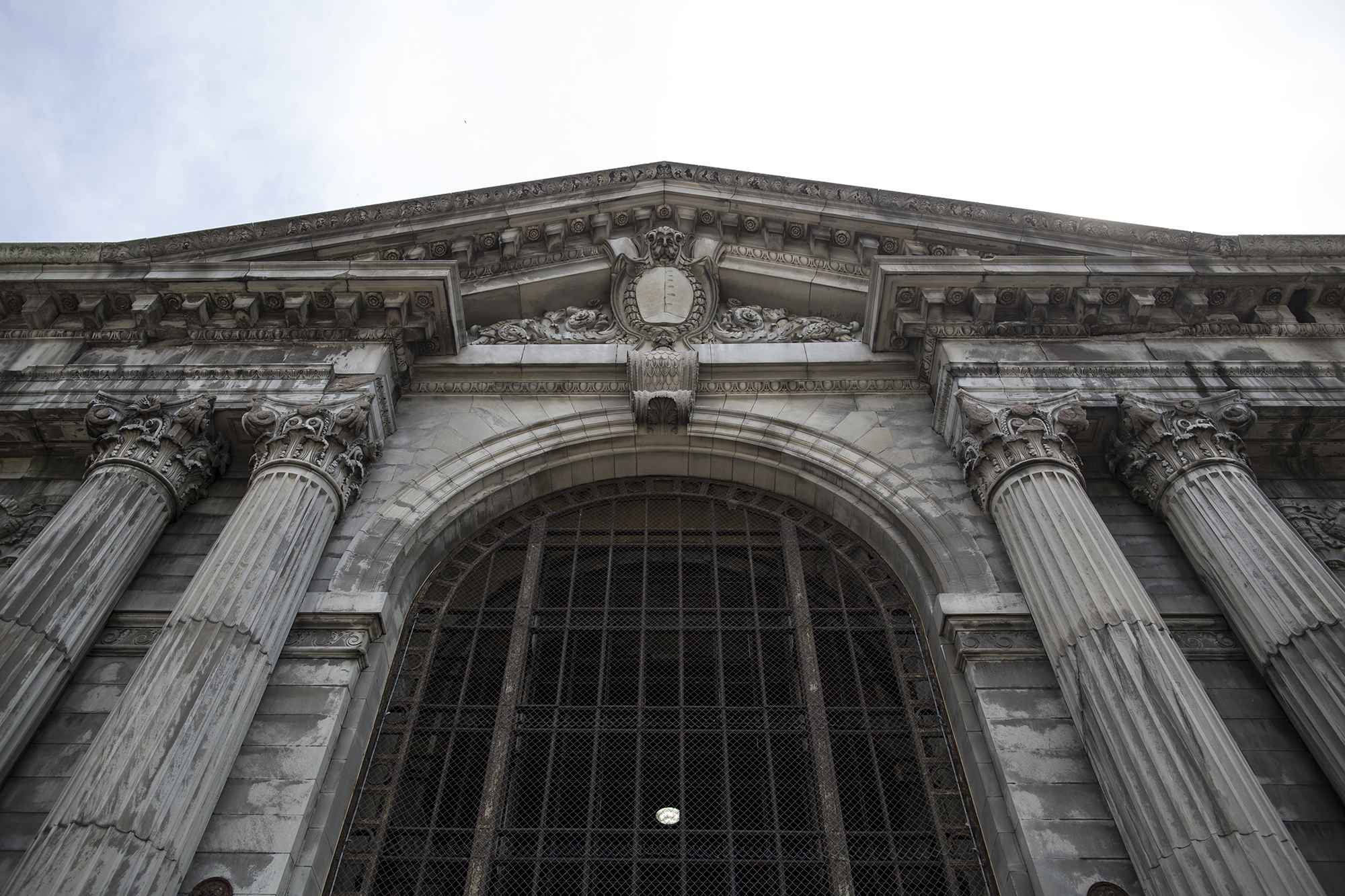Despite all that’s new in Corktown and around that neighborhood, the gravitational pull remains the train station.
In the grand waiting room, performances, events and concerts will be held. There will be retail and restaurants accessible to the public, although none have been announced; Sirefman said some of that will start opening in the fall.
Ford is planning a hotel to take some of the space in the upper floors of the 18-story tower, but it’s not yet been made public who the operator will be. Google will have a STEM training course for 150 or so high school students that starts in June. Boys & Girls Clubs of Southeastern Michigan, which moved its headquarters from Farmington Hills to Newlab in the Book Depository building, is also expected to take space on the fifth floor of the station. The 10 children’s charities that will benefit from a $10 million endowment fund Bill and Lisa Ford are leading with the Children’s Foundation will take shared collaborative space in the historic building. And Ford will begin occupying three floors of the tower starting this fall, Sirefman said.
All of that will be in a building many believed impossible to save.
But much of it was.
Dittmer said many of the 29,000 Guastavino tiles in the building are original, and much of the rose marble flooring in the waiting room was saved.
Although there were no lighting fixtures left from its decades of vacancy, Ford worked with specialists to re-create those that were there before it closed. Ditto the herringbone wooden floor in the western portion of the building.
And while much of the filigree around the windows had either fallen off or otherwise “walked away,” Dittmer said, Ford specialists re-created 22 different combinations of flowers and rosettes to mimic the original design.
A 22,000-pound block of limestone was harvested from a long-closed quarry called Dark Hollow in Indiana and a mason spent more than 400 hours hand-carving it to re-create an exterior column.
For Bill Ford, all of that attention to detail has paid off. When asked what, after what will end up being over six years of work, he would change about the project, he was to the point. “Nothing,” he said.
“There’s nothing that I would do differently or ask the team to do differently,” he said.

